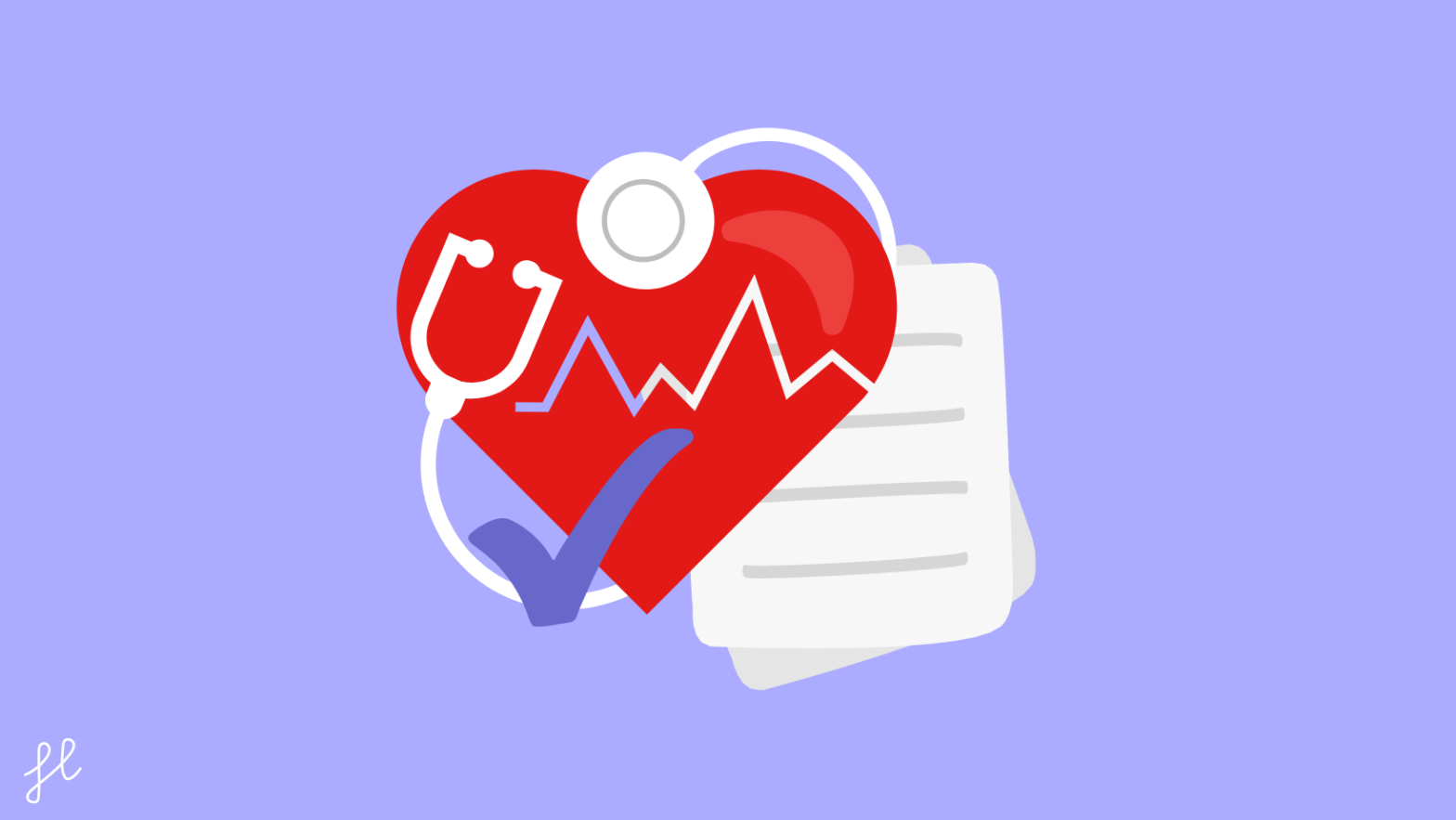Ever heard of Medicaid? If you are an American badly in need of financial aid for your healthcare needs, you must know that this can save your life.
Medicaid is the state’s low-income population’s public health insurance program. One in five Americans is covered by the Medicaid program, including those with complicated and expensive medical needs. In fact, the program is where most Americans get their long-term care insurance.
You don’t want to miss this post, so make sure you read until the end to learn more about Medicaid and which hospitals accept Medicaid.
5 Interesting Facts About Medicaid
Here are five interesting facts you need to know about Medicaid, which are vital in understanding how it can be greatly beneficial for you.
It Covers Various Health And Long-Term Care Services
To meet the different needs of the populations it serves, Medicaid provides a wide range of services. Numerous states choose to pay for other services, including prescription medications, physiotherapy, eyewear, and dental care, in addition to the ones that are mandated by federal Medicaid law.
Here are other healthcare needs covered by Medicaid:
- Medicaid is crucial in combating the opioid epidemic and, more broadly, in facilitating access to behavioural health care for Medicaid patients.
- Children who qualify for Medicaid can get a wide range of benefits referred to as Early Periodic Screening, Diagnosis, and Treatment (EPSDT) programs. EPSDT is especially crucial for kids with impairments because private insurance frequently falls short of meeting their needs.
- Long-term care, including nursing facility care and several home and neighbourhood long-term services and supports, is in contrast to commercial health insurance and Medicare.
It Is A Joint Federal-State Initiative
States manage Medicaid programs under federal guidelines and are free to choose the populations and services that are covered, the models used to deliver healthcare, the procedures for paying doctors and which hospitals accept Medicaid.
States may also apply for Section 1115 waivers in order to test and execute strategies that do not conform to federal law’s requirements but that the HHS Secretary deems will promote program objectives. There is a substantial amount of variety among state Medicaid programs as a result of this flexibility.
It Provides To Diverse Populations
Medicaid serves as a high-risk pool for the commercial insurance market, providing health and long-term care for millions of the most disadvantaged and vulnerable people in America.
More than 75 million Americans with modest incomes were covered by Medicaid in FY 2017. As of February 2019, the Medicaid expansion had been enacted in 37 states. 12.6 million people were immediately eligible in the expansion group as of FY 2017, according to data. And over four in ten (43%) of all Medicaid patients are children, whereas one in four is the elderly and individuals with disabilities.
It Is Accepted By Many Health Care Providers
You don’t have to worry about which hospitals accept Medicaid because many healthcare providers are actively part of the program. Each state’s Medicaid agency keeps its own list of medical specialists that accept Medicaid, and Medicaid programs differ from state to state.
You can get in touch with your health plan or the state Medicaid office for more help. Alternatively, you can Visit Healthcare.gov’s Medicaid & CHIP page for more details about Medicaid.
Use this link Online Directory to look up Health Partners (Medicaid) physicians, medical facilities, pharmacies, and specialty services to guide you.
It Provides Access To Care
A substantial body of data demonstrates that Medicaid recipients have much better access to healthcare than those without insurance and are less likely to delay or forego necessary care due to cost. Additionally, Medicaid members’ access to care and experience with their care is on par with those of persons with private insurance.
The U.S. has seen a significant decrease in newborn and child mortality as a result of Medicaid coverage for low-income pregnant women and their children. An increasing body of evidence shows that Medicaid participation among children is linked to lower hospitalization and urgent care visits in later life, greater long-term educational achievement, reduced disabilities, and lower teen death rates.
Conclusion
Millions of Americans, the majority of whom have been in working families, have access to Medicaid’s comprehensive healthcare and financial security.
Medicaid has allowed them access care at rates equivalent to those with private insurance, notwithstanding their modest income. Additionally, they don’t have to worry about which hospitals accept Medicaid because they can have access to many healthcare providers under the program.
Do you have experience or know someone who has gained the benefits of Medicaid? Share it below!
Let us stay connected in our social media accounts for more healthcare discourse. Follow us on LinkedIn, Instagram, Twitter, Pinterest, Tiktok, and Facebook now!

Results-oriented professionals, achievements visible immediately. Performance partnership. Outcome satisfaction.
Dry Cleaning in New York city by Sparkly Maid NYC